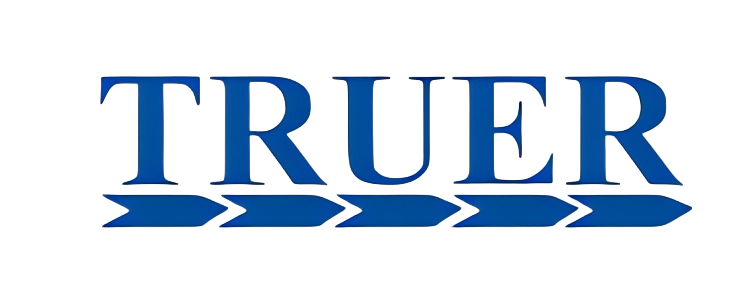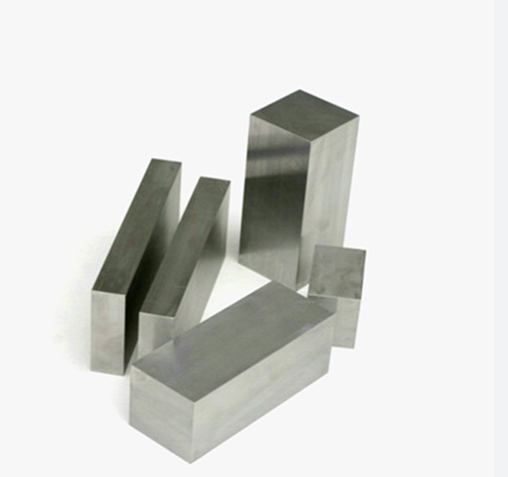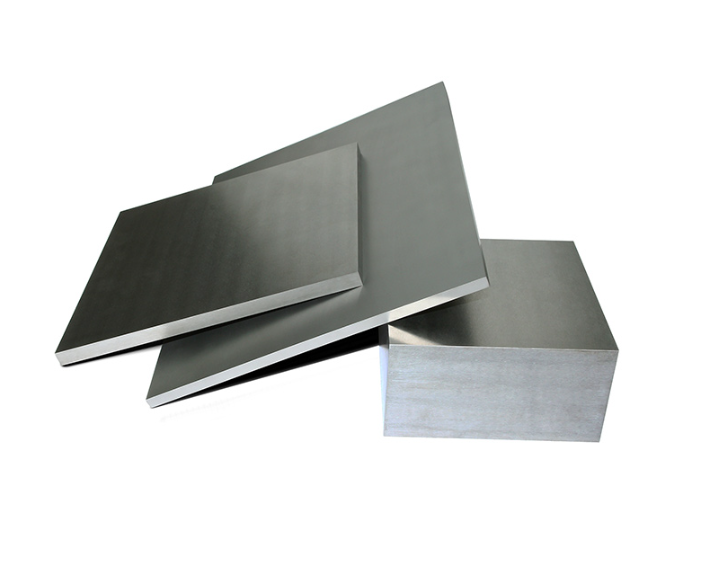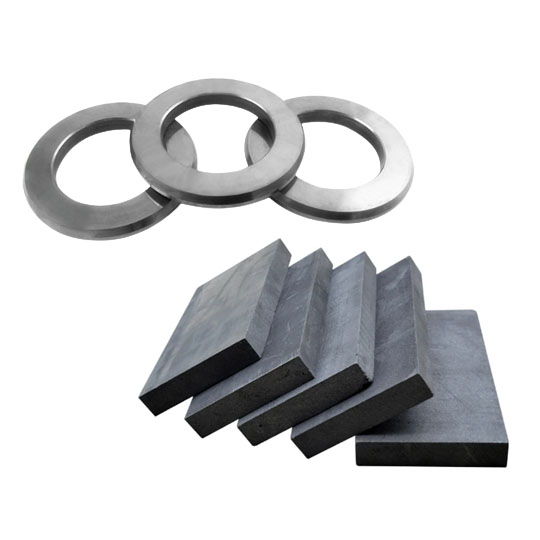카바이드 플레이트 은 항공우주 툴링부터 금형 성형, 광업에 이르기까지 수많은 산업 현장의 보이지 않는 영웅입니다. 매우 단단하고 내마모성이 뛰어나며 오래 지속되는 것으로 정평이 나있기 때문에 매우 귀중하지만 가격이 저렴하지는 않습니다. 그렇다면 많은 양이 필요할 때는 어떻게 해야 할까요? 바로 비용을 최적화하는 것입니다.
시장 가격 요인 이해
먼저 가격에 대해 이야기해 보겠습니다. 카바이드 플레이트의 가격은 무작위로 결정되는 것이 아닙니다. 몇 가지 주요 시장 역학 관계에 따라 최종적으로 지불해야 하는 금액이 결정됩니다:
- 원자재 비용: 텅스텐 분말, 코발트 및 기타 결합제는 카바이드의 베이스를 형성합니다. 이러한 금속의 가격은 채굴 제약, 지정학적 긴장, 방위 및 전자 산업과 같은 산업의 수요로 인해 미친 듯이 변동합니다.
- 금속 분말 모델: 사용되는 금속 분말 혼합물의 유형은 비용에 큰 영향을 미칩니다. 이에 대해서는 곧 자세히 설명하겠습니다.
- 처리 복잡성: 접시는 표준 정사각형인가요, 아니면 가장자리를 열처리한 맞춤형 사다리꼴인가요? 맞춤 제작일수록 더 많은 현금을 받을 수 있습니다.
- 공급망 중단: 자연재해, 팬데믹의 여파, 배송 지연으로 인해 비용이 증가합니다.
이러한 변수를 이해하면 구매 시기를 파악하는 데 도움이 되고 협상 시 영향력을 발휘할 수 있습니다.
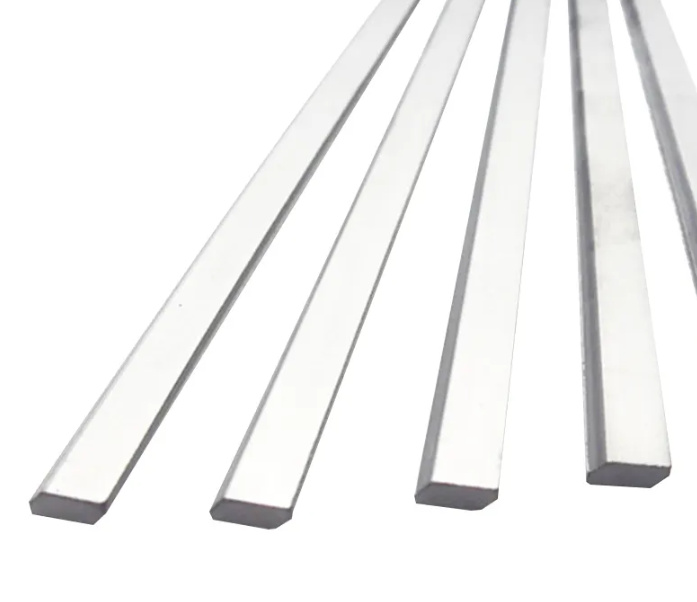
대량 구매에 적합한 공급업체 선택 카바이드 플레이트
모든 공급업체가 똑같이 만들어지지는 않습니다. 어떤 업체는 견고하고 어떤 업체는 허술합니다. 좋은 공급업체를 구별하는 방법은 다음과 같습니다:
- 인증 중요성: ISO 9001 또는 이에 상응하는 인증서를 찾아보세요. 이는 품질에 대한 약속을 보여줍니다.
- 가격 투명성: 인용문이 추리 소설처럼 보인다면 그냥 넘어가세요.
- 사용자 지정 기능: 이상한 치수를 처리할 수 있나요, 아니면 재고 사이즈에 갇혀 있나요?
- 사내 테스트: 현장 테스트를 실시하는 공급업체는 일반적으로 결함이 적은 배송을 의미합니다.
- 고객 리뷰 및 사례 연구: 실제 결과가 많은 것을 말해줍니다. 업계별 참고 자료를 요청하세요.
| 기준 | 고품질 공급업체 | 품질이 낮은 공급업체 |
|---|---|---|
| 인증 | ISO 9001, RoHS, SGS | 없음 또는 확인할 수 없음 |
| 사용자 지정 | 완벽한 CAD/CAM 지원 | 표준 치수만 |
| 가격 투명성 | 품목별, 대량 할인 | 한 줄 일시불 |
| QA 및 테스트 | X-레이, 초음파, 밀도 검사 | 육안 검사만 가능 |
| 처리 시간 | 빠르고 일관성 있게 | 지연 및 예측 불가능 |
대량 구매 전략 활용
대량 구매는 당연한 것처럼 보이지만, 이 광란에도 방법이 있습니다. 과소비에서 절약으로 전환하는 방법은 다음과 같습니다:
- 수요 예측: 과거 사용량 데이터를 사용하여 실제로 필요한 양을 예측하세요. 너무 많이 구입하는 것은 너무 적게 구입하는 것만큼이나 나쁠 수 있습니다.
- 계층별 가격 책정 전략: 대부분의 공급업체는 특정 볼륨 임계값에서 가격 할인을 제공합니다. 이러한 할인 혜택을 미리 요청하세요.
- 그룹 구매: 다른 회사나 부서와 협력하여 볼륨을 늘리고 비용을 분담할 수 있나요?
- 장기 계약: 내일의 시장 변동을 피하기 위해 오늘 가격을 고정하세요.
- 적시 재고(JIT): 프로젝트 일정에 따라 배송을 조정하여 창고 보관 비용을 피하세요.
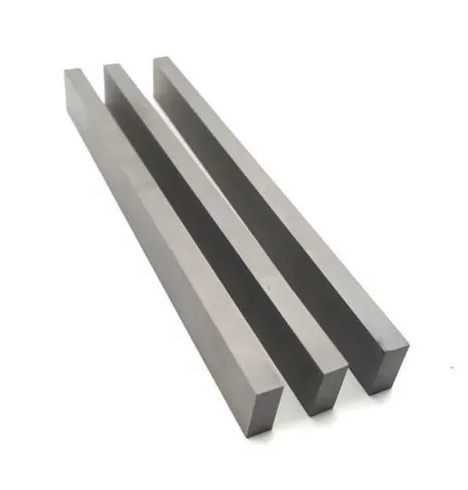
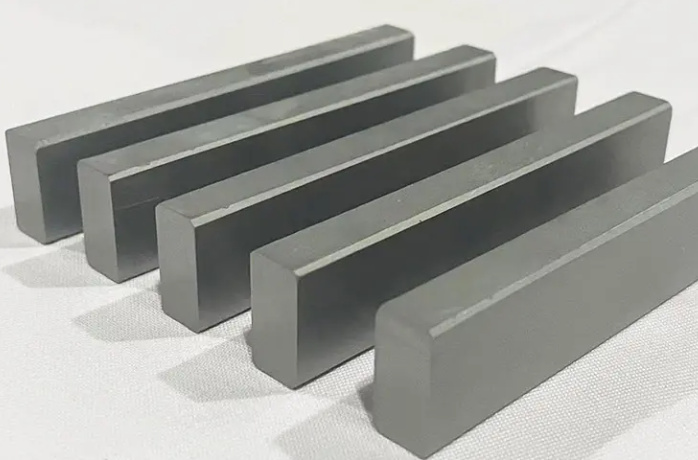
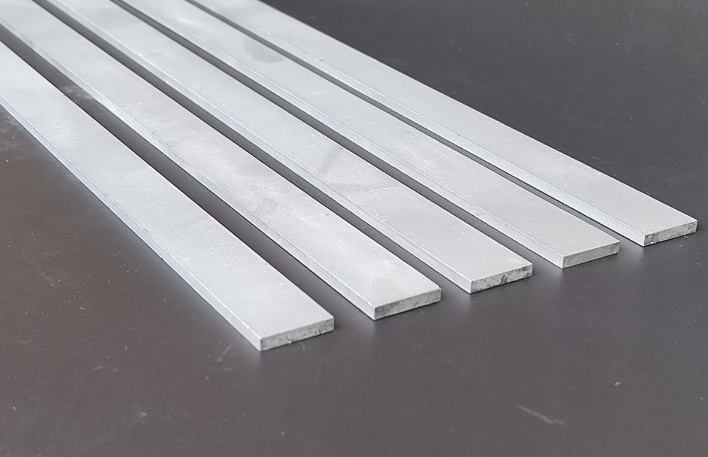
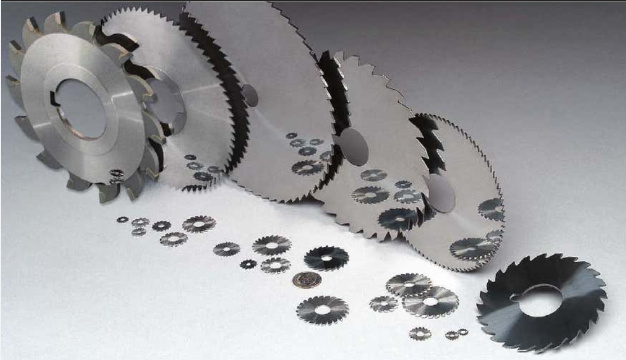
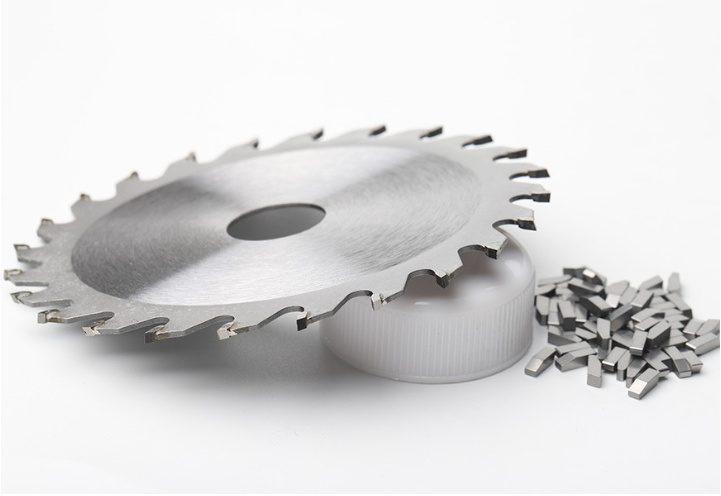
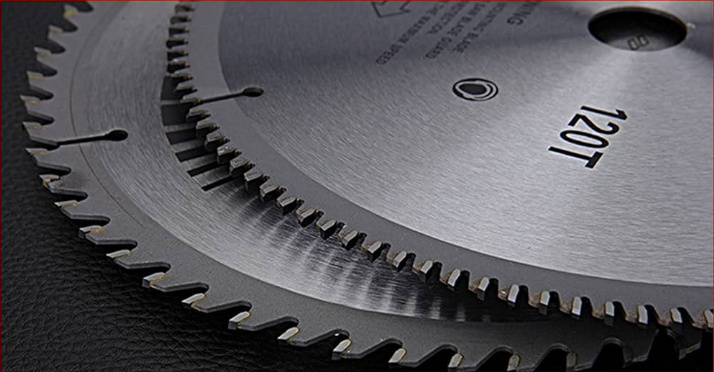
사용자 지정 크기와 표준 크기 비교 평가 카바이드 플레이트
사용자 지정은 매력적이지만 그만한 가치가 있을까요? 자세히 살펴보겠습니다.
| 기능 | 표준 카바이드 플레이트 | 맞춤형 카바이드 플레이트 |
|---|---|---|
| 단위당 비용 | Lower | 더 높음 |
| 제작 시간 | 짧은 | 더 길게 |
| 설계 유연성 | 카탈로그 오퍼링으로 제한 | 무제한이지만 비싸다 |
| 프로토타입에 적합 | 드물게 | 적극 권장 |
| 대량 주문 할인 | 일반적으로 사용 가능 | 항상 적용되는 것은 아닙니다. |
| 재료 낭비 | 최소(표준 컷) | 복잡한 모양으로 인해 더 많은 경우가 많습니다. |
따라서 특정 형상을 요구하는 애플리케이션이 아니라면 비용 효율성을 고려할 때 표준 크기가 더 나은 선택입니다.
물류 및 배송 비용 고려
카바이드 플레이트는 밀도가 높고 무겁기 때문에 배송 비용이 만만치 않습니다. 하지만 이러한 물류 비용을 절감할 수 있는 방법이 있습니다:
- 통합 화물: 컨테이너를 채우기 위한 번들 주문. 킬로그램당 요금이 저렴합니다.
- 지역 웨어하우징: 제조 현장과 가까운 곳에 플레이트를 보관하면 라스트 마일 배송 비용이 절감됩니다.
- 드롭 배송: 공급업체가 불필요한 창고 경유를 건너뛰고 제조 공장으로 직접 배송하도록 하세요.
- 수입 관세 및 세금: 해당 국가의 HS 코드와 수입 관세 면제를 알아두세요. 때로는 다른 인코텀으로 수천 달러를 절약할 수 있습니다.
품질 보증 및 장기적 가치 카바이드 플레이트
플레이트가 두 배나 빨리 마모된다면 선불로 돈을 절약해도 큰 의미가 없습니다. 집중하세요:
- 경도 및 밀도 테스트: 일반적으로 수치가 높을수록 수명이 길어집니다.
- 열 균열에 대한 내성: 고온 환경에서 작업하는 경우 필수적입니다.
- 미크론 입자 구조: 초미세 입자로 내마모성과 인성이 우수합니다.
- 공급업체 보증: 보증은 제품 수명에 대한 자신감을 나타냅니다.
| 품질 기능 | 이점 |
|---|---|
| 높은 경도 등급 | 내마모성 향상 |
| 미세 입자 크기 | 더 매끄러운 마감, 더 나은 인성 |
| 열 균열 저항 | 고온 애플리케이션에 적합 |
| 균일한 밀도 | 예측 가능한 가공 및 공구 동작 |
| 화학적 불활성 | 화학적 가공 환경에서의 내식성 |
대량 구매를 위한 비용 추적 및 최적화 도구 사용
이를 위한 도구가 있으니 활용하세요. ERP 시스템, 조달 소프트웨어, 심지어 간단한 Excel 서식 파일도 큰 차이를 만들 수 있습니다.
- 지출 분석 플랫폼: Coupa 또는 SAP Ariba와 같은 도구는 비용을 추적하고 낭비를 찾아내는 데 도움이 됩니다.
- 공급업체 스코어카드: 배송 시간, 결함률, 비용 일관성을 추적하세요.
- 가격 지수 모니터링: 원자재 가격 지수(예: 텅스텐 지수)를 따라 구매 시기를 정하세요.
- ABC 재고 분석: 고비용, 대량 구매 품목에 협상 에너지를 집중하세요.
| 도구/기술 | 기능 | 최상의 대상 |
|---|---|---|
| ERP 시스템 | 중앙 집중식 조달 추적 | 대규모 작업 |
| Excel 서식 파일 | 수동 비용 예측 | 중소기업 및 예산에 민감한 구매자 |
| 가격 지수 구독 | 텅스텐 및 코발트 트렌드 추적 | 전략적 구매 기간 |
| 공급업체 스코어카드 | 과거 성과 평가 | 갱신 또는 해지 결정 |
상위 10가지 금속 분말 모델 카바이드 플레이트 프로덕션
각 파우더 블렌드는 내구성, 비용, 가공성에 영향을 미칩니다.
| 파우더 모델 | 기본 구성 | 최상의 대상 | 참고 사항 |
|---|---|---|---|
| WC-Co 94/6 | 94% 텅스텐 카바이드, 6% 코발트 | 범용 절삭 공구 | 균형 잡힌 비용과 내구성 |
| WC-Co 88/12 | 88% WC, 12% Co | 높은 내충격성 | 견고하지만 내마모성은 낮습니다. |
| WC-Ni 92/8 | 92% 화장실, 8% 니켈 | 부식 방지 애플리케이션 | 습한 환경에 적합 |
| WC-CoCr 90/10 | 화장실, 코발트, 크롬 | 항공우주 부품 | 추가 내열성 |
| WC-Co-VC | 바나듐 카바이드를 사용한 화장실 | 마무리 도구 | 표면 마감 개선 |
| WC-Co-TiC | 티타늄 카바이드 화장실 | 고속 커팅 | 내열성 향상 |
| WC-Co 96/4 | 96% WC, 4% Co | 정밀 도구 | 더 부서지기 쉽지만 매우 단단합니다. |
| WC-CoCr 85/15 | 15% CoCr 합금을 사용한 화장실 | 마모 플레이트 | 극한의 내마모성 |
| WC-NiCr 93/7 | 니켈-크롬이 함유된 화장실 | 화학 및 산성 환경 | 열악한 환경에서도 긴 수명 |
| WC-Co-Fe | 철과 코발트가 있는 화장실 | 저비용, 저수요 애플리케이션 | 저렴하지만 성능이 제한적입니다. |
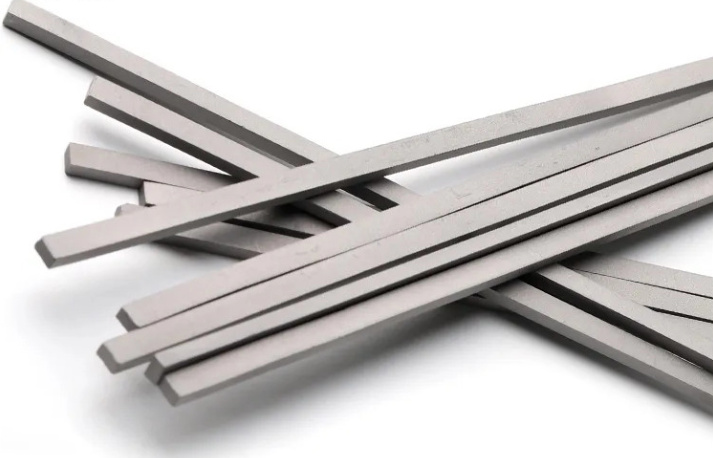
자주 묻는 질문
| 질문 | 답변 |
|---|---|
| 카바이드 플레이트를 가장 저렴하게 구매할 수 있는 방법은 무엇인가요? | 표준 사이즈의 대량 주문과 그룹 구매 전략을 결합합니다. |
| 맞춤형 플레이트와 표준 플레이트 중 어떤 것을 선택해야 하나요? | 디자인에 사용자 지정이 꼭 필요한 경우가 아니라면 표준 크기가 더 비용 효율적입니다. |
| 원자재 가격은 어떻게 추적하나요? | 트레이딩이코노믹스와 같은 상품 추적 도구를 사용하거나 텅스텐 지수 업데이트를 구독하세요. |
| 공급업체에서 어떤 인증을 확인해야 하나요? | ISO 9001, RoHS 및 모든 산업별 품질 보증 마크. |
| 배송비를 절약하려면 어떻게 해야 하나요? | 통합 화물, 직송을 이용하고 가능하면 지역 공급업체를 선택하세요. |
| 코발트 함량이 높을수록 더 좋은가요? | 인성에는 더 좋지만 내마모성은 떨어집니다. 애플리케이션에 따라 다릅니다. |
| 대량 구매 전에 샘플을 받을 수 있나요? | 많은 공급업체에서 샘플 또는 시험 배치를 제공합니다. 항상 물어보세요. |
| 초과 결제 여부를 어떻게 알 수 있나요? | 여러 견적을 비교하고, 현재 금속 지수 가격을 확인하고, 조달 소프트웨어를 사용하세요. |
| 카바이드 플레이트에 가장 적합한 입자 크기는 무엇인가요? | 내마모성을 위한 미세 입자(미크론 이하), 강인함을 위한 거친 입자. |
| 해외 공급업체를 고려해야 하나요? | 예, 하지만 관세, 배송비 및 리드 타임을 고려해야 합니다. |
